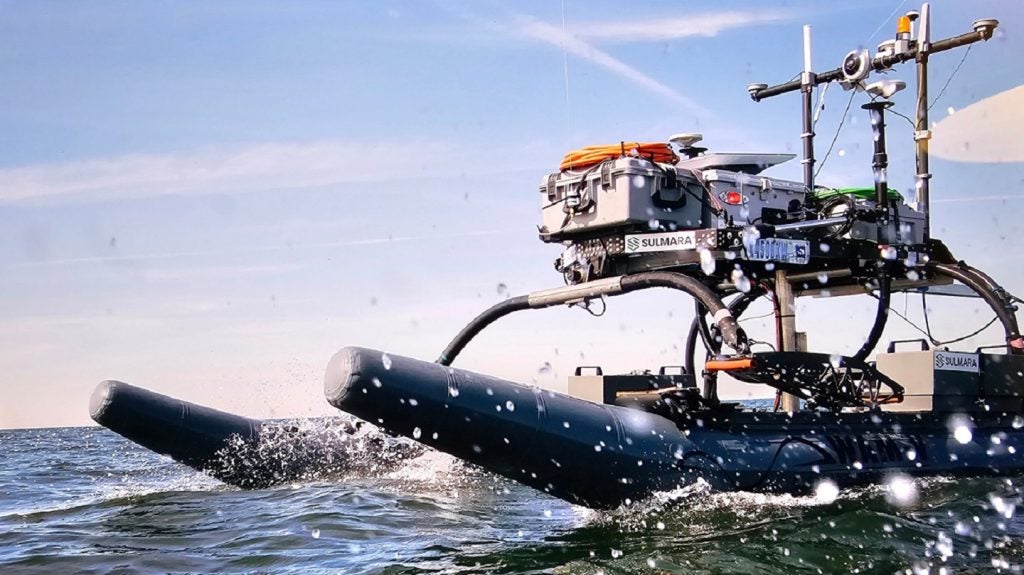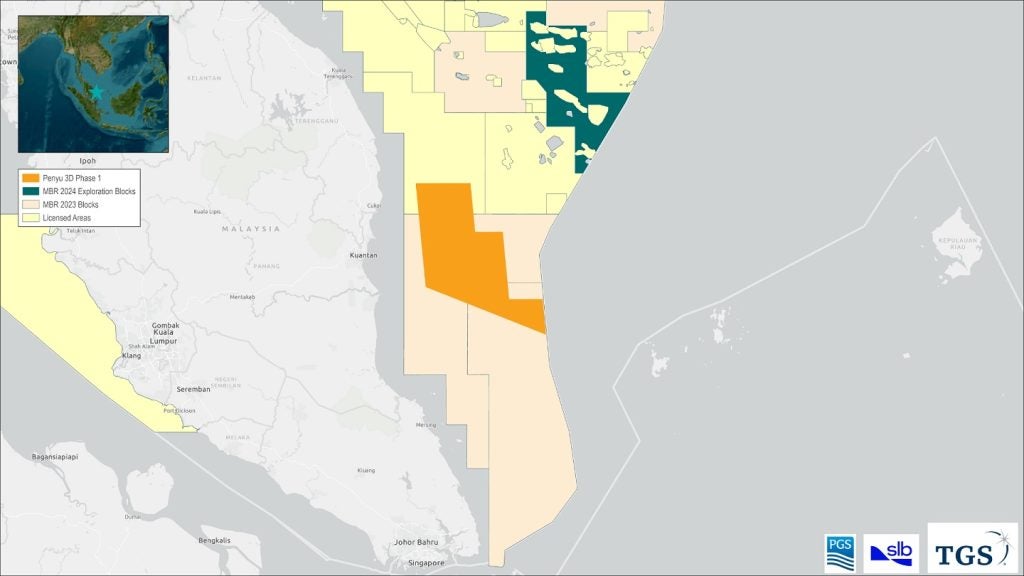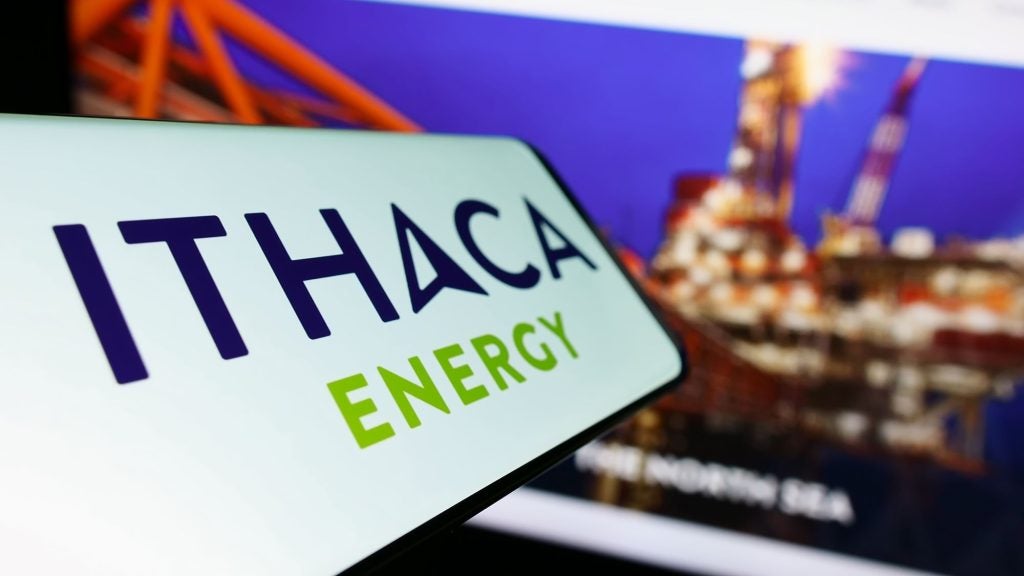
In today’s climate, making any sort of prediction is a dangerous and sometimes foolish endeavour. As quickly as a decision is made, others are having to be overturned; from politics to business, you would be hard pressed to find anyone that hasn’t been bitten.
In addition to the Covid-19 pandemic, the increasingly inescapable push to decarbonise is forcing industry leaders to rethink their strategies and business models. Recently, two of the world’s leading carmakers announced plans to be fully electric by the end of the decade. Ford said it would reach the target by 2030, while Jaguar Land Rover set its sights on an even more ambitious goal: globally, by 2025 – at least across its Jaguar range.
Given this news and the increasing application of renewable technologies for heating and power, you might believe the appetite for fossil fuels is waning. But the oil and gas industry has a future, in the mid-term at least.
With political leaders around the world targeting the middle of the century to become carbon neutral, and experts suggesting that, collectively, we won’t completely have weaned ourselves off oil for decades to come, the resource’s use is not staring at its own demise just yet.
A seismic shift
A January 2021 report by Technavio suggested that the offshore oil and gas seismic equipment and acquisitions market would continue to grow by more than 7% annually over the next few years, largely thanks to the growth in deepwater and ultra-deepwater exploration and production projects.
However, just because the end of fossil fuel use is, in all honesty, a long way off, it does not mean that stakeholders should not take steps to reduce their impact on the environment and climate. Energy majors are increasingly looking at the energy transition and alternative fuels while the supply chain continues to innovate.
How well do you really know your competitors?
Access the most comprehensive Company Profiles on the market, powered by GlobalData. Save hours of research. Gain competitive edge.

Thank you!
Your download email will arrive shortly
Not ready to buy yet? Download a free sample
We are confident about the unique quality of our Company Profiles. However, we want you to make the most beneficial decision for your business, so we offer a free sample that you can download by submitting the below form
By GlobalDataEstablished in 2018, Blue Ocean Seismic Services (BOSS) was formed out of a jointly funded research project by Blue Ocean Monitoring and Woodside Energy. The company’s CEO, Simon Illingworth, says that the aim was to investigate the potential use of autonomous underwater vehicles for seismic exploration.
“bp Ventures co-invested to raise the initial £10 million Series A funding,” he says. “Our objective is to develop and commercialise autonomous underwater vehicles as seismic ocean bottom nodes that can relocate.”
Seismic surveys have been a mainstay of underwater oil and gas exploration for more than four decades. Of course, it has its critics, concerned with the impact on ocean life, but the practice has brought significant benefit to the sector. In more recent years, as wind power has grown in importance, the use of such surveys has grown too.
Contrary to the concerns of some, the American Petroleum Institute says that the sound produced during seismic surveys is “comparable in magnitude to many naturally occurring and other manmade ocean sound sources, including wind and wave action, rain, lightning strikes, marine life, and shipping”.
The role of seismic surveys in exploration
“Offshore seismic surveys use seismic energy to visualise geology beneath the seabed. They are typically used for oil and gas exploration, asset optimisation applications, carbon capture, and wind farm developments,” says Illingworth.
Compressed air is discharged into the water towards the seabed, creating short sound waves that bounce off the ocean floor and are picked up by sensors being towed by a vessel on the surface of the water. The data is then assessed and translated to produce maps from which scientists are able to determine whether there is potential for exploration.
However, if Illingworth and BOSS are successful, the way these surveys are conducted could be set to change. The company is developing autonomous underwater vehicles that can land on the seabed and use geophones to collect the reflected seismic data.
“These ocean bottom nodes will automatically move to their next location. We are well advanced with moving to multiple prototype deployments and plan to undertake our first pre-commercial surveys in 2022,” he continues.
The technology includes the nodes themselves, the command-and-control systems and the launch and recovery system.
“The nodes are launched from the surface and then ‘fly’ to their programmed position on the seabed. Once the first set of seismic data has been collected, they then autonomously move to the next location and position on the seabed,” Illingworth adds.
The process repeats itself to cover the area of interest before resurfacing for their recovery. Astonishingly, the nodes are able to remain underwater for up to 60 days, a significant advance in the way these surveys are conducted.
Illingworth says: “This technology is much safer for operators given that there is significantly less reliance on manned surface vessels and, as it is powered by rechargeable batteries, it will make oil and gas exploration less carbon intensive too.”
It can also be used to analyse depleted oil and gas reservoirs for carbon capture storage applications.
The company says that the technology has been designed to be fully containerised, scalable, and modular, allowing for deployment to survey locations across the world. It adds that “substantial” cost savings would be possible over current technologies through a ‘a significant reduction in survey time’”.
Industry moves toward the energy transition
bp Ventures was established more than a decade ago, with the aim of preparing the company for the future of the energy industry. Since then, it has invested more than $500m in numerous projects, including 40 start-ups.
Woodside Energy has been operating since 1954 and is one of Australia’s leading natural gas producers. Both are active participants in the development of this technology, offering what Illingworth says is their “world-leading expertise, insight, and personnel”.
BOSS is continuing to evolve and expand too, having recently opened a new facility in the UK that will bring it closer access to suppliers, customers, and markets according to Illingworth.
He says: “The UK is also an industry leader in the energy and technological space, with impressive world-class talent. We are delighted to have tapped into this pool of talent, having rapidly grown our team in recent months. We are continuing to grow and have several opportunities open for ambitious engineers and software engineers.”
As with the use of fossil fuels, seismic surveys will continue to play a vital role in ensuring energy supply can meet demand in the years to come. With a growing population, that demand is set to continue its upward trend but, says Illingworth, a transition to a greener way of doing things is already upon us.
“The cost and environmental pressures facing the oil and gas industry, together with the significant expense, time, health, and safety risks associated with existing marine seismic survey technologies, mean that the need for innovative new solutions has never been stronger,” he adds.
This technology can also be utilised in the renewable sector too, providing mapping potential for windfarm developments. There has already been significant interest in the technology from end users and associated industries.
“It is clear that the industry is in need and ready for our technology,” Illingworth concludes.






